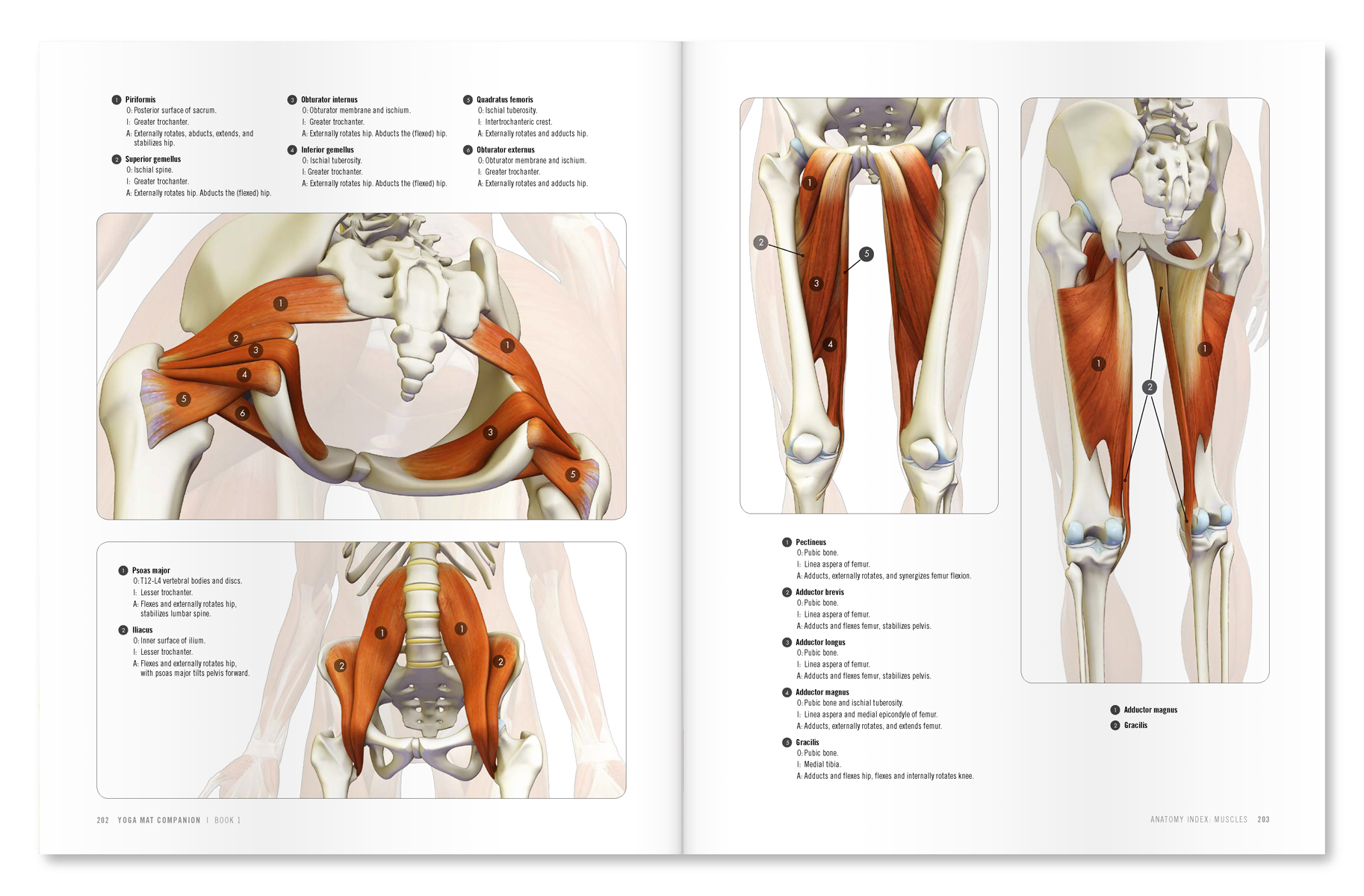Want to learn more about anatomy and biomechanics for your practice? Click here to check out the Yoga Mat Companion series! Below are some excerpts from these books.
 |
| An excerpt from "Yoga Mat Companion 1 - Anatomy for Vinyasa Flow and Standing Poses". |
 |
| An excerpt from "Yoga Mat Companion 2 - Anatomy for Hip Openers and Forward Bends". |

Great quiz thanks
ReplyDeleteGreat test
ReplyDeleteAlways awesome Ray! Your workshop at Yoga Conference TREMENDOUSLY helped in my teaching and understanding of so many things! Please keep me updated on where you may be teaching next! Thank you!
ReplyDeletefun!:-) i like your informations and quizzes. thank you!
ReplyDeletethank you for making this available to the yoga community, I find it an invaluable gift :)
ReplyDeletegreat Raay! thanks for all your teaching
ReplyDeleteNice to know that what I've been reading is actually sinking in! Thanks!
ReplyDeleteVery useful and didactic test!! I've just found your website and I think you're doing a very good and interesting job. Thank you so much from Spain
ReplyDeleteGreat test. Thank you for your hard work and love you put into this website.
ReplyDeleteI finally know what'is the "crunk!" that I hear when I describe large circle whith legs, in supine position. More than a sound, it's the clear sensation that "something" over to the joint ( not inside it) is moving and changing it's place. I started to hear it 25 years ago, and during all this time I have been in fear for it, because I thought it wasn't normal. Thank you, Ray! And excuse me for my bad English :)
ReplyDeletethank you! most awakening! in hebrew: yishar co'ach!
ReplyDelete*IF* I stop at question #2, I'll have a perfect score of 100%. *IF* I continue beyond question #2, I'm 100% certain that I'll forfeit my 100% score! lol So, during this inordinately stressful time, I'm stopping at #2 and am going to go actually STUDY "The Anatomy and Biomechanics of My Psoas." :-)
ReplyDeleteThanks for existing!!!!!
ReplyDeleteEnjoyed this, but is a correction required? Aren't both Psoas & Iliacus are Internal Hip Rotators (vs. external as your quiz suggests) ??
ReplyDeleteNote: Gluteus Max. is the Antagonist (external rotation)
Many thanks
Hello Jorg,
DeleteMost of my sources list psoas major as an external rotator, however it may depend on position of hip joint in cadaveric studies. I find no sources that list the psoas major as an internal rotator in any position. When the trunk is held in place, the primary function of the psoas is hip flexion, so the gluteus maximus is an antagonist for this action. With the hip in flexion and abduction, the GM would be a synergist for external rotation.
https://www.ncbi.nlm.nih.gov/pubmed/10398385
Thank you, I learn so much from you.
ReplyDeleteDanke für diese sehr interessante und informative Seite und die Tests.
ReplyDeleteDas Wissen wird immer wieder abgefragt und man lernt dazu.
Great review for me! I appreciate your sending of these quizes. Nameste, Judith
ReplyDeleteAwesome. Now just loosen up the little bad boy..
ReplyDeleteThank you, I always doubt my instinct and question is when it comes to understanding Anatomy - but it seems from this little quiz that I should trust myself :-)
ReplyDeleteAwesome quiz! I scored well, but the few I got wrong were very illustrative in clarifying my understanding of the anatomy and function of the psoas.
ReplyDeleteCould major inflammation of posas cause severe pain in low back sacrum area. I might have two different things going on but as I take this quiz I am convinced that the fact that I can hardly walk today is the result of either major inflammation, over stretched =, maybe torn? Not sure what to do for remedy at this point other than accupuncture, restorative and yoga therapy. Any other ideas...I may have to cancel my week given my condition today:( Thank you Ray for sharing your knowledge and expertise!!
ReplyDeleteHi Cynthia, I think I overstretched my psoas muscles couple of weeks ago, also overdid the back bends I think, then I bent down at an angle to pick up the washing basket and I think I tore something, sacroiliac joint sprain. It sounds like you may have done the same. My osteo said ice then hw bottle and rest. I was better for moving and gentle stretching. Yoga teacher said it's not uncommon in female yoga student, especially those with a tight psoas. Not sure if that helps, hope you feel better soon. Great quiz, so informative :)
DeleteFabulous & Fantastic information
ReplyDelete